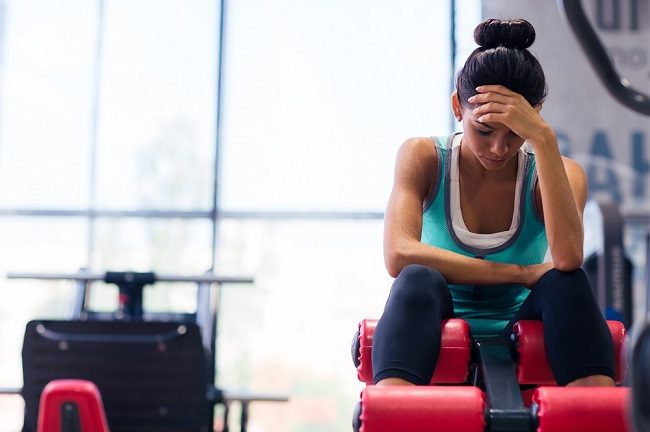There are so many reasons which result in women running low on a lot of the required nutrients. According to the National Institute of Nutrition (NIN), India, about 70% of children between the ages of 6 and 59 months, are anaemic and nearly three fourth (75%) of women in India are anaemic, with moderate to severe anaemia being highest (50%) among pregnant women. And this problem is seen in both urban and rural areas.
Iron – A major micronutrient
Iron is one of the micro minerals that are needed in small amounts in the daily diet. It performs many important functions in the body, most importantly, the transportation of oxygen. Also required for the production of red blood cells, iron is also part of haemoglobin that essentially works at transporting the oxygen from the lungs via the arteries to all cells throughout the body.
Understanding Anaemia
Low iron levels in the body causes iron deficiency – anaemia. When iron levels are low, normal haemoglobin production slows down, which means the transport of oxygen is diminished, resulting in symptoms such as fatigue, dizziness, lowered immunity or reduced ability for athletes to keep up with their training programs.
Why Women need it more
Women are more prone to iron deficiency due to increased blood loss during menstruation and the increased demands in pregnancy, delivery, and lactation. A diet that is rich in refined cereals and low in fruits and vegetables also contribute towards the problem. Vitamin C is a nutrient that helps the body absorb iron well from the foods, and a lack of vitamin C can also bring down iron levels in the body. Many nutritionists would encounter a common practice that could actually be affecting iron absorption – drinking coffee, tea (including green or black tea) or soft drinks along with or immediately after food. Caffeine in these beverages prevents iron from being properly absorbed.
Iron that occurs in vegetarian foods is not absorbed as well as those from non vegetarian sources. To compensate for this, increased amounts of iron needs to be consumed. The National Institute of Nutrition recommends 30 grams of iron per day for adults, with increased allowances during pregnancy and lactation.
Foods to consider
Incorporating these iron rich foods in the daily diet will ensure you get the required amounts. Among non vegetarian sources, liver or heart from beef, chicken or goat provide maximum iron that is well absorbed. Read on to find out more vegetarian sources that are iron rich and will help you through:
You May Also Like: Benefits of Omega-3 Your Should Know About!
Rice flakes
The simple and humble poha that is among a popular Indian breakfasts, is a powerhouse of iron. About 100 grams of rice flakes contain 20 mg of iron, which is close to 70% of the RDA. Add it to atta, or make upma out of it. You can even use rice flakes instead of rice to make curd rice, or to the dosa/idli batters to get softer dosa and idli.
Soya beans
Soya beans are rich in both calcium and iron, packing 8 milligrams of iron in 100 grams of beans. Sprouting the beans or using the soya milk or chunks may be a better way of obtaining maximum iron.
Mint leaves
Mint leaves are rich sources of iron, and contain about 20 mg of iron in 100 grams (roughly a big bunch of mint leaves). You can just roughly chop add these to your daily food. It’ll make it both healthy and yummy.
 Raw pumpkin seeds
Raw pumpkin seeds
These provide 30 percent of the Recommended Daily Value for iron. When roasted, they supply about 15 percent, approximately the same as other seeds. Nuts such as almonds, cashews and Brazil nuts provide 8 to 10 percent of your daily iron needs. Grab a handful of nuts for a quick snack, or blend them into savoury sandwich spreads and pates.
Whole pulses
Whole pulses such as moong, chana, rajma are also good sources of iron and provide one fourth the day’s requirements in 100 grams. 1 cup will yield you so much of tasty dishes and your iron requirement is taken care of too.
Dried figs and dates
About 100 grams of fresh dates contains 6 g of iron and 30 mg of vitamin C, and the same size serving of dried dates contains 8 mg of iron, but no vitamin C. A very handy grab and go snack, dates and figs can also be a great swap during your sweet cravings.
You May Also Like: Detox Your Blood With These 20 Superfoods
Watermelon
This summer fruit is a great source of iron, and packs about 20 grams of iron in 100 grams of edible fruit. Since it also contains vitamin C, it is a complete package! Plus you also have the benefit of hydrating your body too.
Vitamin C is essential for the iron in these foods to get absorbed in the body. So, get your iron with these easily available foods, and remember to add some vitamin C rich food such as orange, lemon, tomatoes, capsicum, broccoli, or pineapple to help the body absorb the iron effectively. Remember, there’s nothing like eating healthy and working out well. If you found this article helpful and don’t forget to like and share. For more stay tuned! Oh and don’t forget to share your thoughts with us in the comments section below.
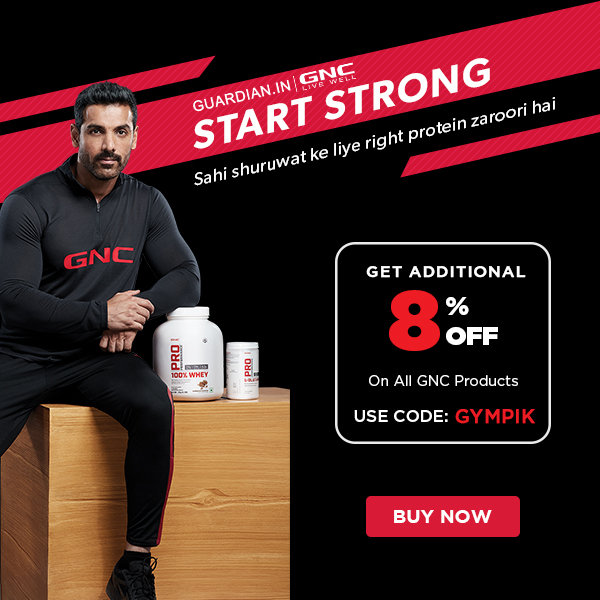

 Traqade
Traqade
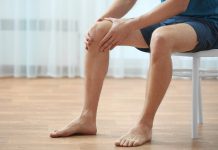
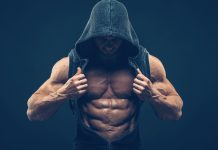



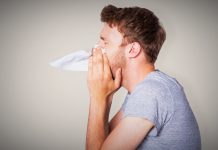
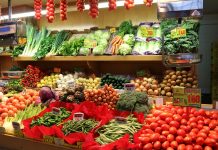

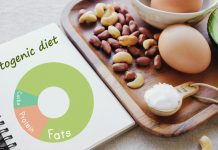

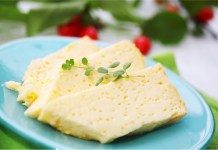









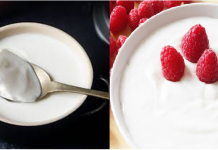

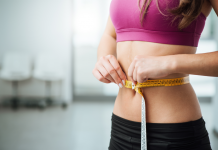
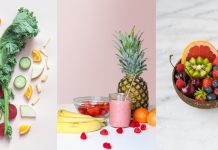


 Raw pumpkin seeds
Raw pumpkin seeds





